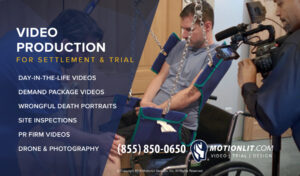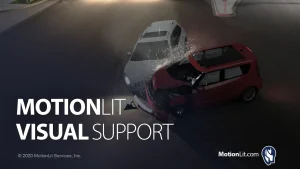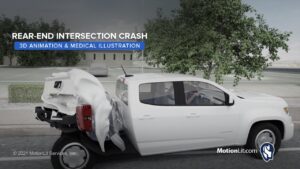Ankle Fracture Animation Explains Arthrodesis Procedure From Slip and Fall Injury
Surgical procedures are often difficult for jurors to understand even when your expert witnesses are presenting on the stand. MotionLit’s courtroom medical animations are specifically designed to educate and visualize surgical procedures no matter how complex the process may sound.
In this Ankle Arthrodesis presentations, the ankle fracture occurs at the tibia or the fibula, sometimes both. Ankle fractures are caused by the ankle twisting, or extending inwards or outwards, and it is a common injury seen in slip-and-falls and car accidents.
A fracture to the tibia or fibula may heal on its own, but in some cases, arthritis can develop. A common procedure used to alleviate pain from arthritis is ankle arthrodesis, or ankle fusion
In an ankle arthrodesis, the patient is brought to the operating room, laid supine, and the injured limb is prepared. Using a blade, an incision is made over the injury. Retractors are placed, and further dissection is carried down, while protecting important neurovascular. The periosteum is removed off the bone, and the fractured fragments of bone are prepared for arthrodesis. The ankle joint is prepared by removing the cartilage. To prepare for subchondral drilling, K-wires are used. Once normal anatomical alignment has been established, guide wires are used to temporarily fixate the ankle joint. To complete the fusion, cannulated screws are inserted, crossing between the talus and the tibia.
Following ankle fusion, physical therapy is recommended. With therapy, patients are expected to regain full range of motion of their foot or ankle within 3-4 months.
Turn low-ball offers to substantial verdicts and settlements on your next damages claim. Choose MotionLit to produce compelling Demand Videos, 3D Animations, and Medical Illustrations on your next case.
Call (855) 850-0650 or visit us at MotionLit.com to learn about what doctors, experts witnesses, and lawyers are saying about winning presentation strategies.







